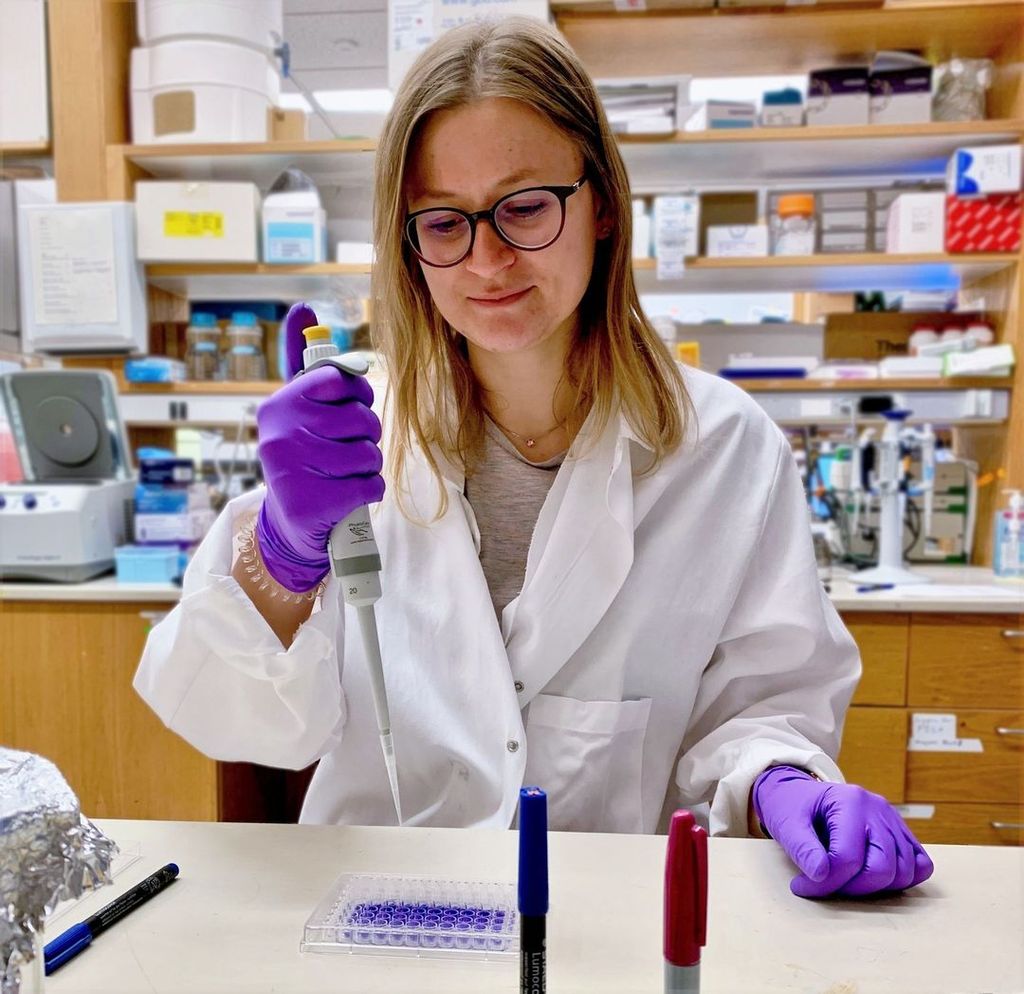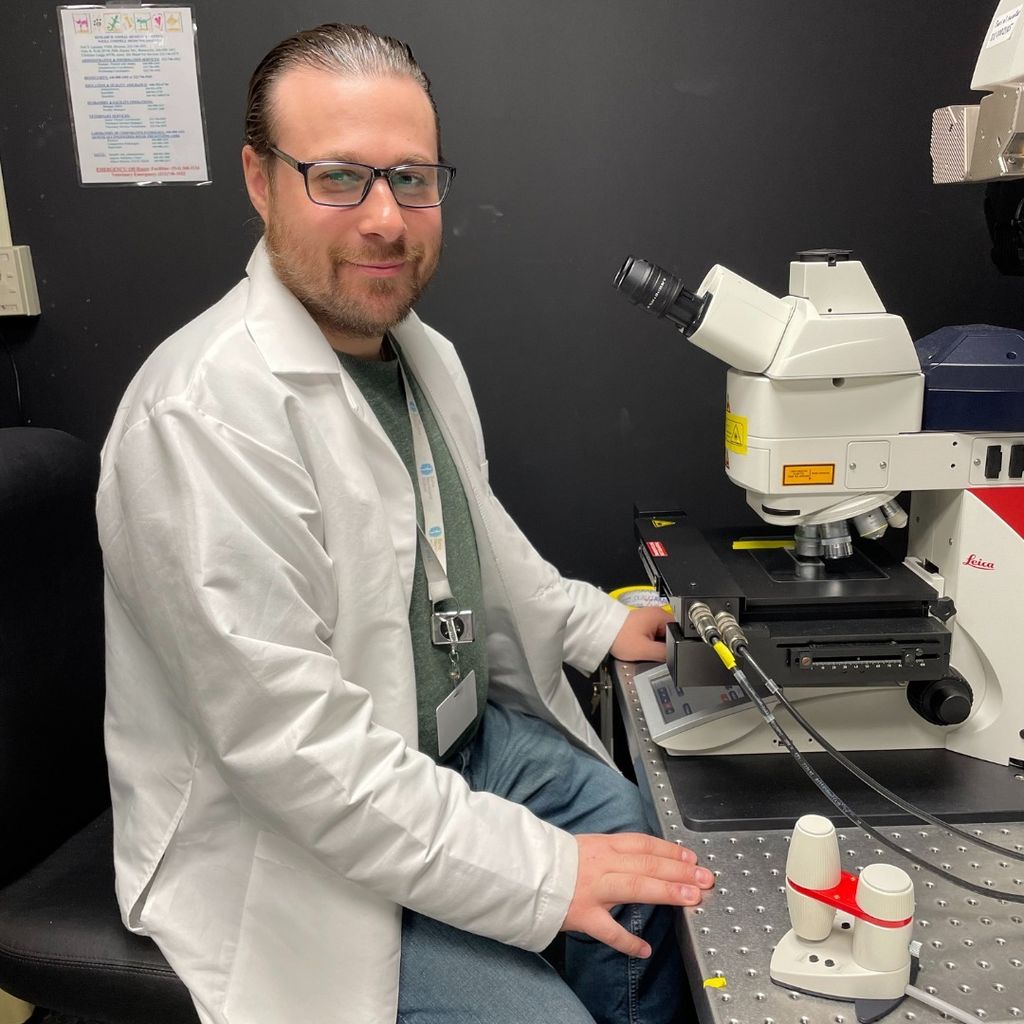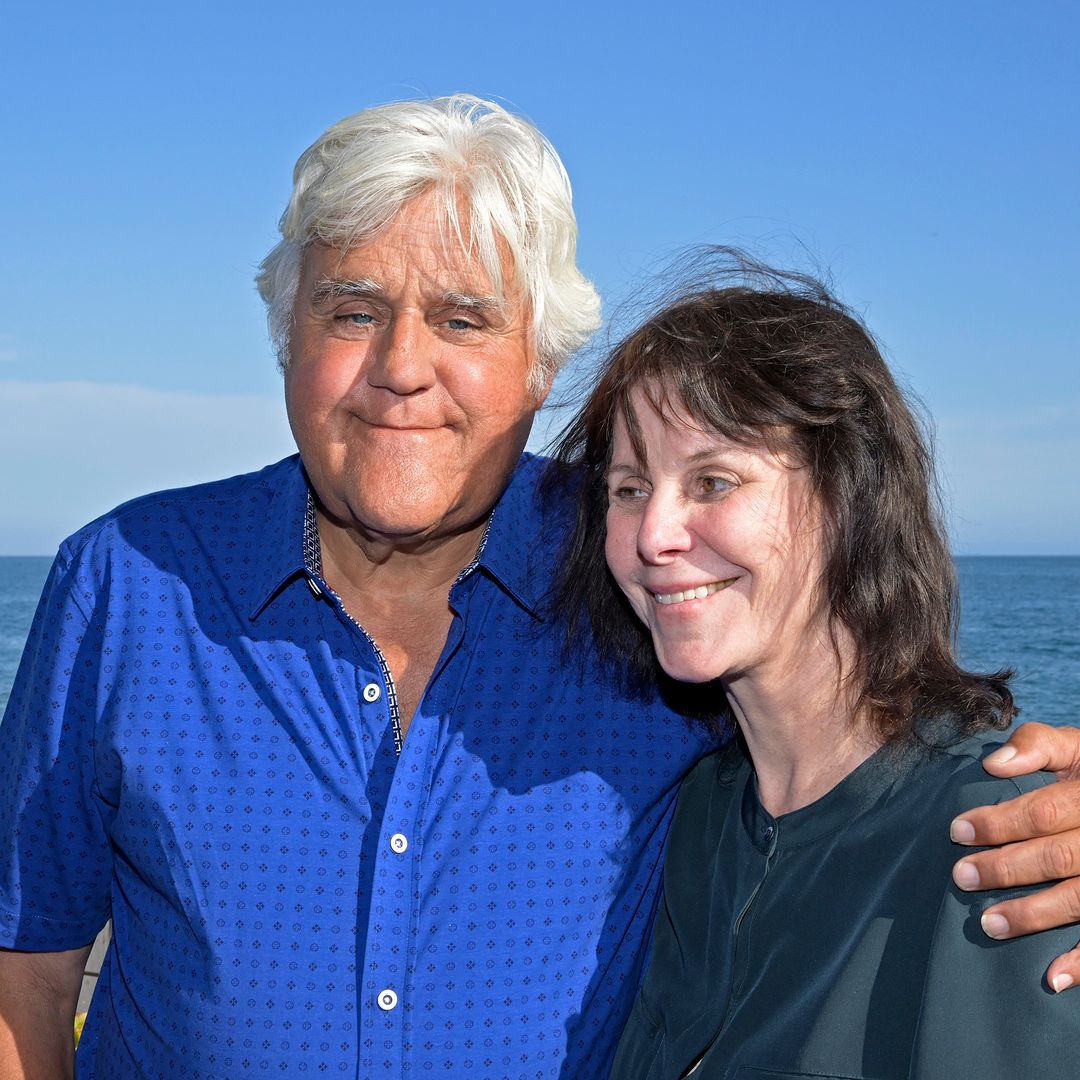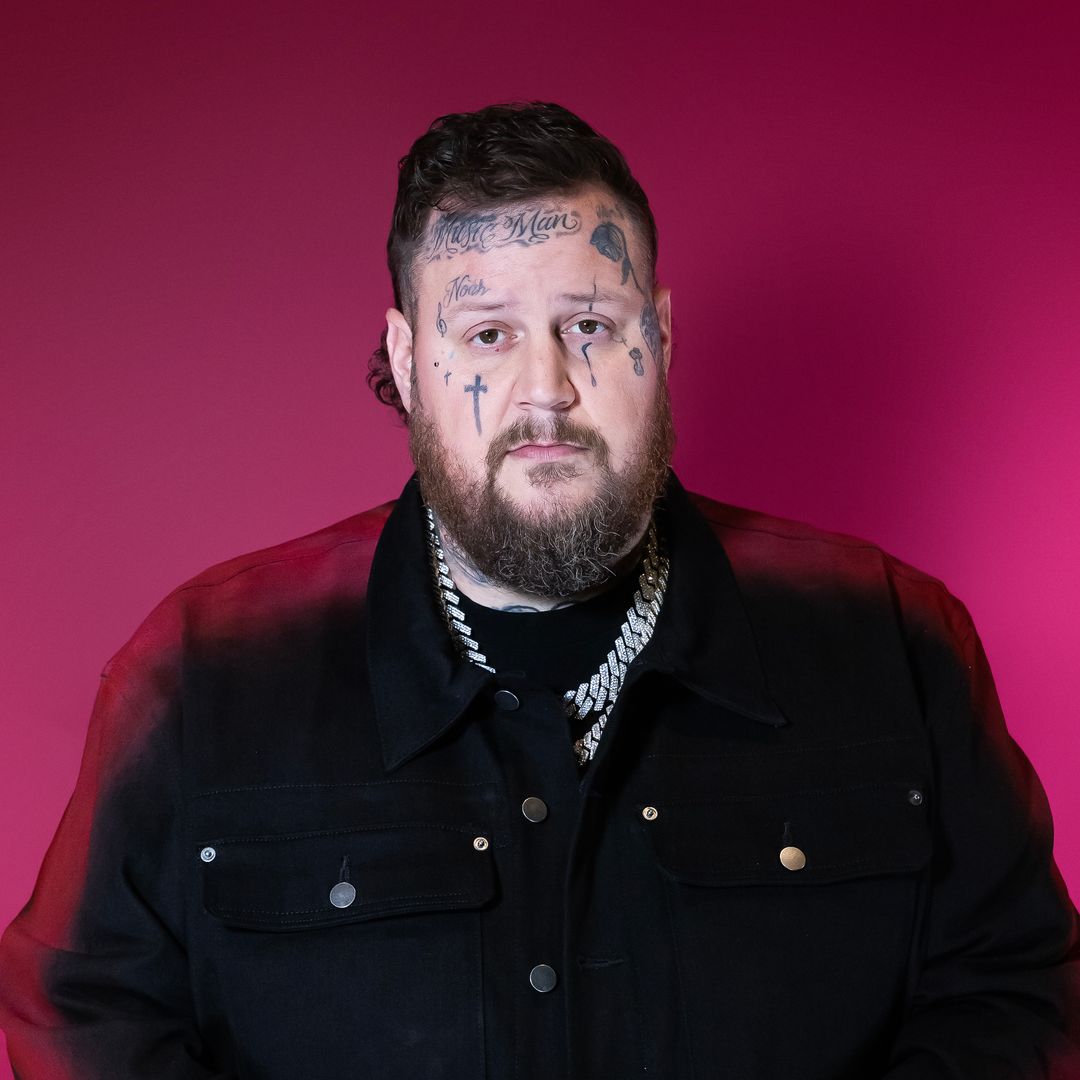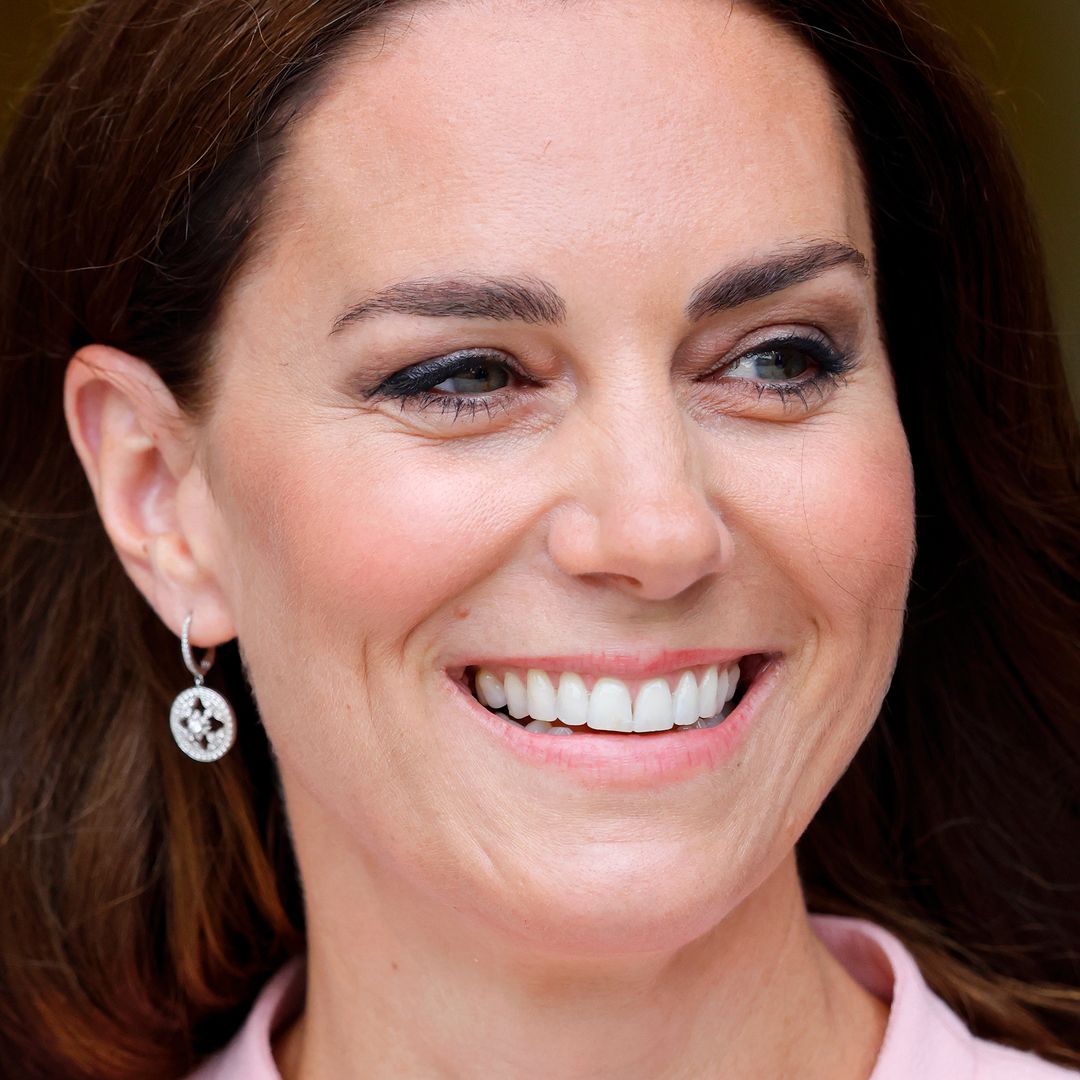The world of entertainment mourns as Bryan Randall, 57, partner of Sandra Bullock, succumbed to his battle with ALS over the weekend.
"It is with great sadness that we share that on Aug. 5, Bryan Randall passed away peacefully after a three-year battle with ALS," read a heartfelt statement from his family. "Bryan chose early to keep his journey with ALS private and those of us who cared for him did our best to honor his request."
The statement continued: "We are immensely grateful to the tireless doctors who navigated the landscape of this illness with us and to the astounding nurses who became our roommates, often sacrificing their own families to be with ours.
It concluded: "At this time we ask for privacy to grieve and to come to terms with the impossibility of saying goodbye to Bryan," signed: "His Loving Family."
MORE: Sandra Bullock's life with rarely-seen children and partner Bryan Randall – see best photos
What is ALS?
ALS, formally known as Amyotrophic lateral sclerosis, is a formidable neurodegenerative disorder. Tragically, there is currently no known cure. Characterized by its relentless assault on nerve cells in both the brain and spinal cord, the disease leads to a devastating loss of muscle control, which intensifies as time progresses. As per medical experts at the Mayo Clinic, the life expectancy post-diagnosis ranges between three to five years.
Initially manifesting as muscle spasms, weakness in extremities like hands, feet, arms or legs, the disease insidiously makes its presence known. Everyday activities, like holding objects, may suddenly become challenges as individuals experience unexpected tripping or dropping of items.
With time, the ailment extends its grip, making even essential functions like swallowing, speaking, and breathing an uphill battle. Many recognize ALS as Lou Gehrig's disease, named after the iconic baseball player diagnosed with it in 1939.
What causes ALS?
While its origin remains shrouded in mystery, 90 per cent of ALS cases materialize without any discernible familial history or genetic predisposition.
The ALS Association reveals that most diagnoses occur between the ages of 40 and 70, averaging around the age of 55. While rarer, there are instances of younger individuals in their twenties and thirties being diagnosed.
The incidence rates show a slightly higher likelihood for men over women, but this difference diminishes with advancing age. Statistics from the CDC in 2017 indicated that over 31,000 patients grappled with ALS in the United States alone.
However, the true number might be higher, considering potential undiagnosed cases. On average, the nation witnesses around 5,000 new diagnoses annually.
The fight against this relentless disease saw a surge in global attention during the viral Ice Bucket Challenge of 2014. This movement, which saw participants – celebrities included – dousing themselves in buckets of icy water, played a pivotal role in amplifying awareness and raising millions of dollars for ALS research.
Bryan's unfortunate passing brings ALS back into the limelight, reminding us of other luminaries who've publicly disclosed their own diagnoses.
John Driskell Hopkins of the Zac Brown Band, diagnosed in 2022, shared: "Over the past several years, I've noticed some balance issues and some stiffness in my hands." Optimistically, he continued, "Because my symptoms have been slow progressing from the start, we believe they will continue to be slow progressing going forward."
Iconic singer Roberta Flack, too, shared in 2022 the painful impact of ALS, revealing that it had rendered her "impossible to sing."




